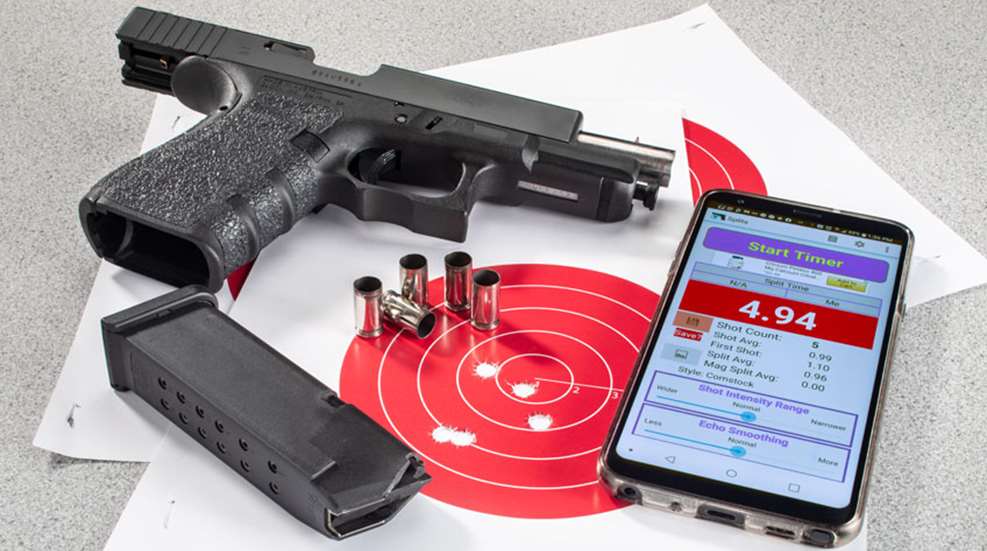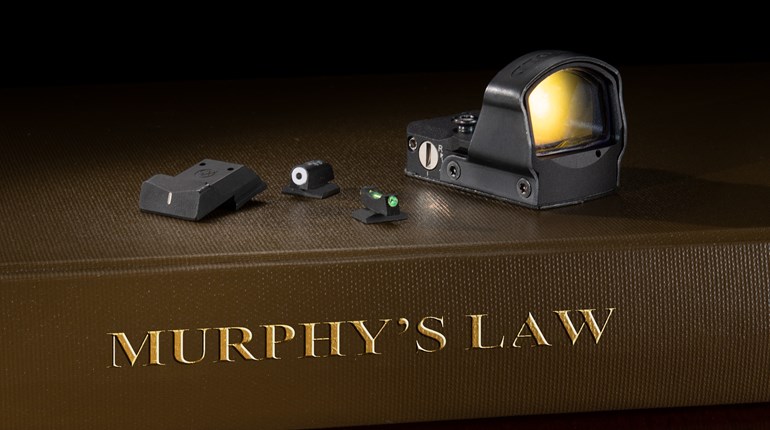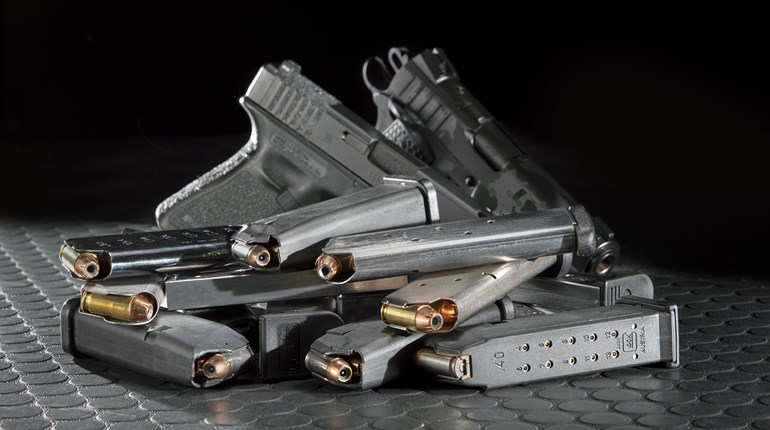
While you’re reading this several months into 2020, it was written in the last dregs of the previous year. The original intent was to look back on the “Twenty-teens” as the decade that nearly ate a bunch of pistol calibers, but that’s getting bumped back a month.
Instead, the events at the West Freeway Church of Christ in suburban Fort Worth, TX, are still fresh in the news. Because of that, the heroic response of congregation member Jack Wilson, who demonstrated skill and coolness in stopping the threat, is in the front of my mind.
This was a rarity among defensive-gun uses. Most uses of a firearm in the protection of self and loved ones don’t even involve a shot being fired, and of those that do, the marksmanship problem is rarely a challenging one. Claude Werner, a veteran firearms trainer who blogs as the Tactical Professor, puts it in these terms: “As long as a person can consistently (95 percent of one-shot presentations) hit a target the size of two sheets of paper, stacked in landscape orientation, at 4 yards, they have the requisite level of marksmanship skill to dominate 99 percent of personal-protection shooting incidents by non-sworn personnel.”
It’s hard to disagree with that. However, as Jeff Cooper wrote, “Statistics are cold comfort when you discover that your case is the rare exception.” While it’s obviously possible to craft a no-win self-defense scenario like the Kobayashi Maru in that “Star Trek” movie, it’s understandable to want to cultivate more skills and expand one’s abilities to deal with the merely difficult and unlikely ones.
As far as developing the raw shooting skills themselves, there’s no magic formula to offer. Quality coaching, range time, dry-fire practice and some manner of regular skills assessment to gauge competence and progress are the keys here. The honest skills assessment can be difficult, however.
One way to do this is by engaging in some form of action-pistol competition. Using as close a setup to your carry gun and holster as possible (or your actual street CCW setup if the match rules allow) is a chance to put your pistol skills to the test under time pressure and possibly with movement or use of cover thrown in, depending on the type of match. These aren’t tactical simulators, but assessments of how well you can think on your feet and drive a pistol at the same time.
Another way is by using various drills or tests with known skill benchmarks. The trick here is knowing which of these measure what skills and which are directly applicable to solving a difficult pistol-shooting problem on the fly as opposed to just measuring a particular skill in isolation.
As an example of the latter, I’d give a favorite of mine: Dot Torture. If it’s the dead of winter and I only have enough time to swing by the range and pop off a box of ammo, Dot Torture is a favorite fallback of mine, but it doesn’t directly say much to one’s ability to shoot fast and accurately under time pressure. Instead, it’s a focus drill.
At the other end of the scale would be something like the Rangemaster Casino Drill or Dot Assessment Madness from Citizens Defense Research.
If one were looking to measure and track one’s raw shooting skill development, there are several good tests out there one can use to do so. The simplest benchmark is the 5x5 (sometimes called the 5x5x5) from trainer Gila Hayes. A fairly basic skills assessment, it involves starting from low ready and, in a 5-second par time, putting five rounds in a 5-inch circle at 5 yards. Once this becomes second nature, you can make it more difficult by starting from the holster, moving the target back, making it smaller, or trying to do it five times in a row without dropping a shot (hence adding an extra “x5”).
A more challenging skills test is the creatively named “The Test,” from Larry Vickers, which would substitute a B8 bullseye repair center for the 5-inch circle and involve 10 shots in 10 seconds from 10 yards, with heavy penalties for inaccuracy.
Beyond this, there are various qualification courses that can be looked up online, like the current FBI qualification or the qualification course used by Massad Ayoob in his MAG-40 class. Frequent skills assessment is a good check on your abilities. I don’t know about you, but I’m going to grab a B8 repair center or three and head to the range.





































